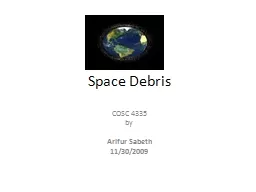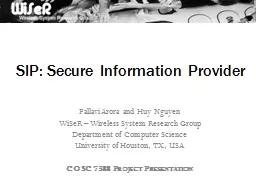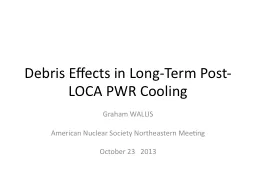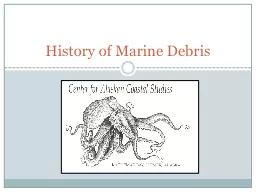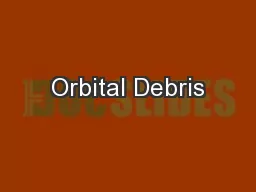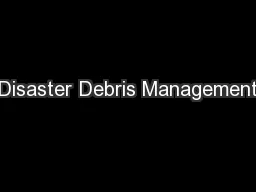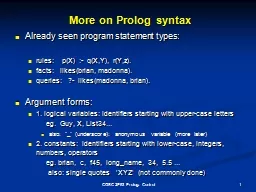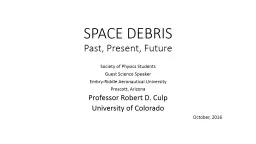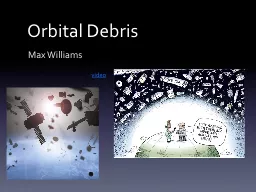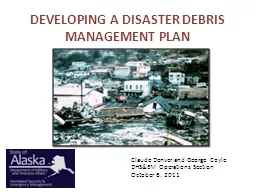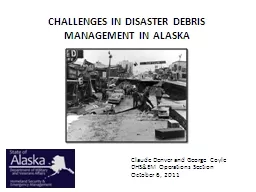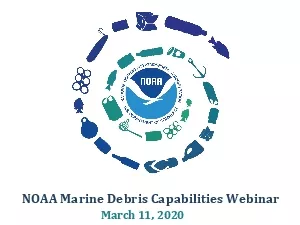PPT-Space Debris COSC 4335 by
Author : pasty-toler | Published Date : 2018-03-08
Arifur Sabeth 11302009 Introduction Space debris also known as orbital debris space junk First satellite was launch in 1957 and break up in 1961 sodiumpotassium
Presentation Embed Code
Download Presentation
Download Presentation The PPT/PDF document "Space Debris COSC 4335 by" is the property of its rightful owner. Permission is granted to download and print the materials on this website for personal, non-commercial use only, and to display it on your personal computer provided you do not modify the materials and that you retain all copyright notices contained in the materials. By downloading content from our website, you accept the terms of this agreement.
Space Debris COSC 4335 by: Transcript
Download Rules Of Document
"Space Debris COSC 4335 by"The content belongs to its owner. You may download and print it for personal use, without modification, and keep all copyright notices. By downloading, you agree to these terms.
Related Documents

